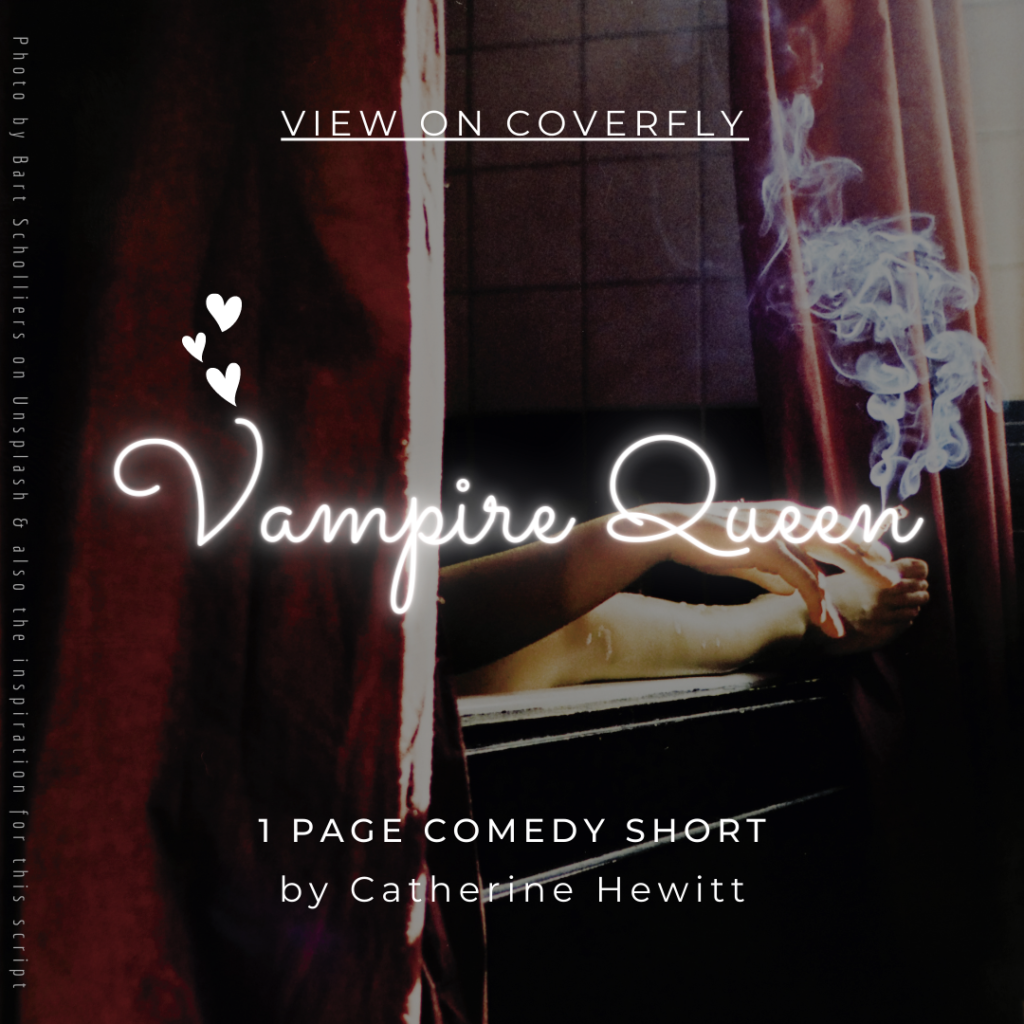With all the hullabaloo about The Meg and Jaws receiving the same rating and yet being wildly different in terms of horror
One of the things I loved as a kid, was getting to watch movies that were for an age group older than me. Whether that was convincing the local video guy we were older than we looked or borrowing it from someone’s parents’ collection I feel like kids today aren’t getting that same thrill because so many horror films are being toned down and packaged for a younger audience. Or even a different genre. Are they making an attempt to keep cinema relevant by trying to grab teenagers by the eyeballs whilst they’re still impressionable?

How Have Movie Ratings Changed
The first incidence of movie censorship occurred in 1894. When a Spanish dancer, filmed by Thomas Edison’s employee William K.L. Dickson, showed too much leg. Over time attempts to regulate the film industry were made. Including leaving it up to the chief of police, and joining forces with the Catholic Church. But those methods had their difficulties and things had to change. Eventually, a system was put into place.
1968 – 1970 movie ratings:
- G – General
- M – Mature
- R – Restricted
- X – under 17’s not permitted
In 1970 M became PG because of confusion over what was meant by mature and in 1990 X became NC-17
Jaws
Movie Ratings in the UK
In the UK our movie ratings are a little different. Regulated by the BBFC (British Board of Film Classification) since 1912. And which can be overruled by local councils, they are:
- U – Universal
- PG – Parental Guidance
- 12A – (Cinema Release) No one under 12 may see the film unless accompanied by an adult
- 12 – (Video Release) Not suitable for anyone under 12
- 15 – Not suitable for anyone under 15
- 18 – Not suitable for anyone under 18
- R18 – Adult Works for licensed premises only

Studies!
Studies have been done where students watched movies and counted the acts of violence. Comparing movies from the ’80s to the movies of today. Concluding that there is more gun violence in today’s PG-13s. And that sex scenes were more likely to get a movie rated R. Even if there was very little violence in it. So, who is going to do the counting? Who is willing to watch both Jaws and The Meg for those scenes of violence or attempted violence and see which has the most?
Horror Family
The Horror Family is huge, friendly, and eager to see what’s in store for their favourite genre. But are studios letting us down when they make huge promises about their movies and then chicken out in favour of more money from a younger audience? It has been said that studios know exactly how to make a film pass the censors to get a PG-13 rating. If they’re doing it deliberately one can only assume that its profits related.
Where will our money go if us ‘no longer teenagers’ are shortchanged on the horror? Are the studios missing out on money because they’re overlooking a far less fickle, genre-loving, horde willing to hand over cash to see horror done properly? Or are they just afraid of the backlash when little Johnny’s mother learns that he snuck into a horror movie and is now having gruesome nightmares every night because of it?

Reed more:
Download STARS by KT McQueen for free. The first in the Noctisbellum Inc. series which begins my Monster Universe. And sample the first few chapters of Moon which is now available from most eBook sellers.
Horror and Fantasy Author – Also writing as K.T. McQueen. Love Western Horror, cowboy boots, my cactus Collin, & my Demon Cat.
Moths – I hate moths, the way they flutter at your face!



